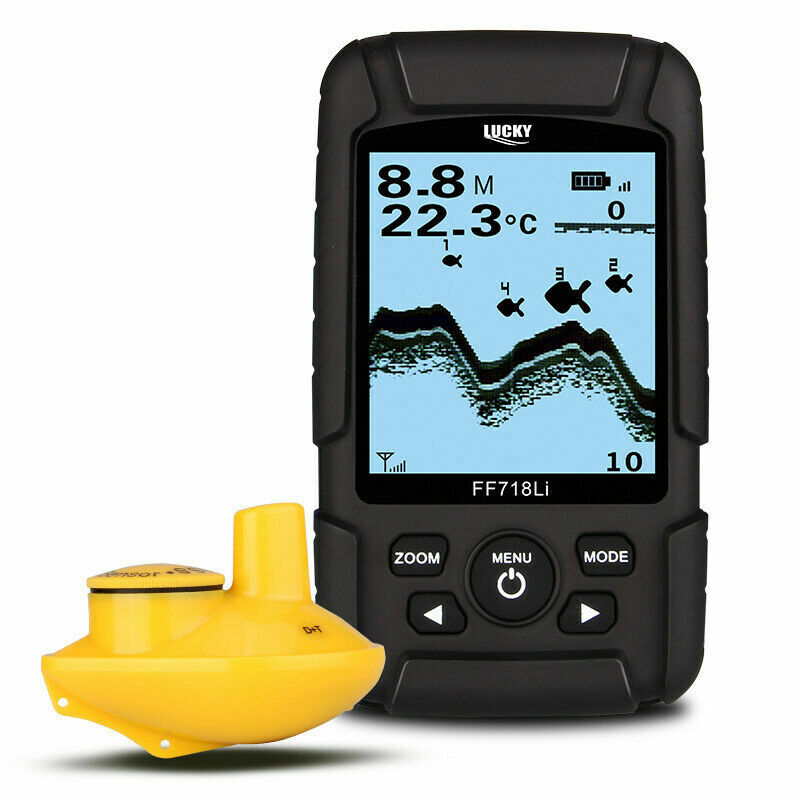Introduction: What is a Fish Finder?
A fish finder is a useful device that helps anglers locate fish underwater. It uses sonar technology to send sound waves into the water, which bounce off objects like fish and underwater structures. This information is displayed on a screen, allowing fishermen to visualize what is happening beneath the surface. Understanding how to use a fish finder can significantly increase your chances of a successful fishing trip. In this article, we will explore the different types of fish finders, their features, benefits, and how to use them effectively.
Types of Fish Finders
Portable Fish Finders
Portable fish finders are designed for anglers who fish from smaller boats, kayaks, or even from shore. They are lightweight and easy to carry, making them ideal for on-the-go fishing. Many portable models come with rechargeable batteries, allowing for hours of use without needing a power source.
These devices often include basic sonar capabilities, displaying fish arches and underwater structures. Some portable fish finders even connect to smartphones via Bluetooth for convenient access to information. This flexibility makes them a popular choice for casual fishermen and those who prefer spontaneous fishing trips.
Fixed-Mount Fish Finders
Fixed-mount fish finders are designed for larger boats and offer more advanced features. These devices are permanently attached to the boat, providing a stable and reliable source of information while fishing. Fixed-mount fish finders typically feature larger displays, making it easier to read and interpret data.
They often come equipped with advanced sonar technology, such as CHIRP and down imaging, which provides detailed underwater images. These features help anglers identify fish species and find structures like rocks, weeds, and ledges. For serious fishermen, a fixed-mount fish finder is an invaluable tool for enhancing the fishing experience.
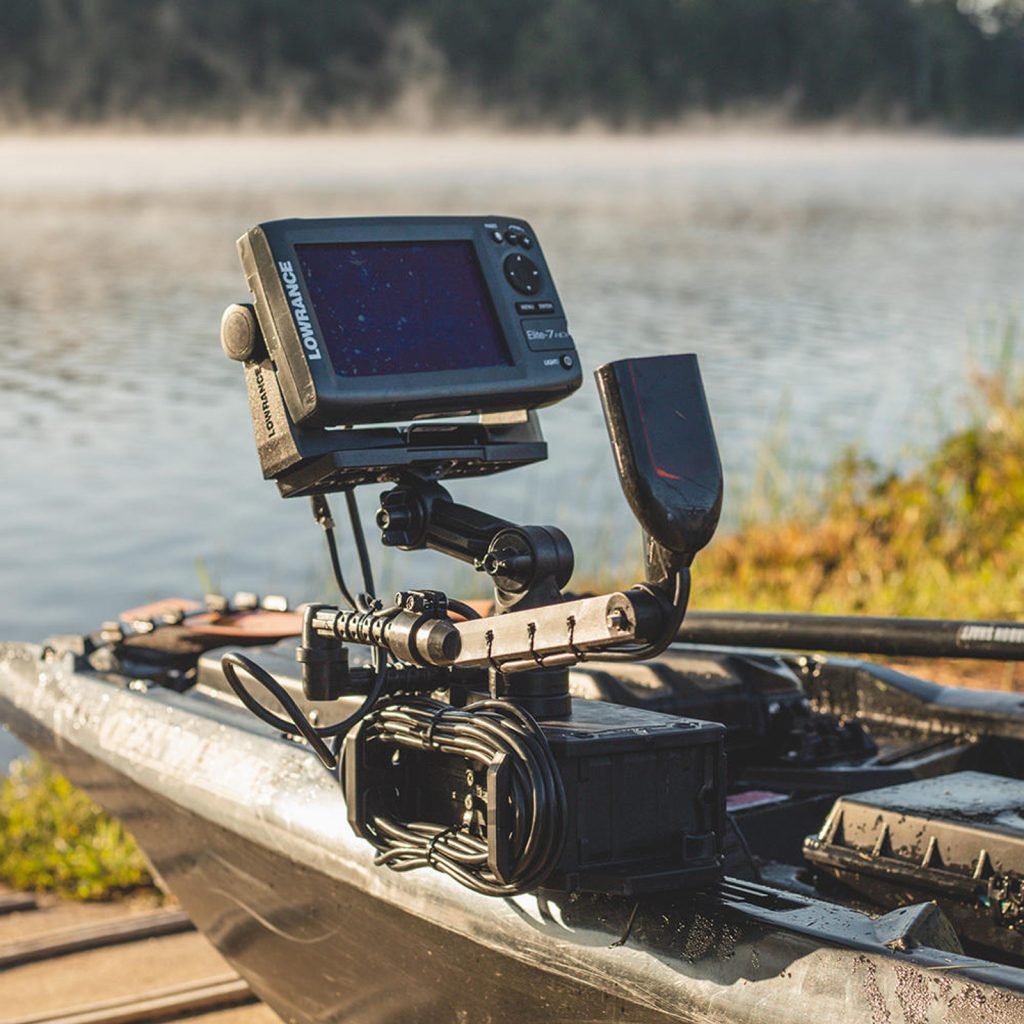
Key Features to Look For
Sonar Technology
When choosing a fish finder, it’s essential to understand different sonar technologies. Traditional 2D sonar is great for detecting fish and measuring their depth. However, more advanced technologies like CHIRP sonar offer numerous benefits. CHIRP sonar sends a range of frequencies, resulting in clearer images and better target separation.
Another important feature is down imaging, which uses higher frequencies to create detailed images of underwater structures. This technology can help you identify potential fishing spots more effectively. Knowing these sonar options can dramatically improve your fishing success.
Screen Display and User Interface
The screen display is another critical factor when selecting a fish finder. Look for a device with a high-resolution display for clearer images and easy reading. Color screens usually provide better visibility in various lighting conditions, making it easier to spot fish and underwater structures.
An intuitive user interface is also essential. Being able to navigate menus and settings quickly can enhance your overall experience. Some newer models also feature touchscreen capabilities for easier interaction, similar to smartphones. A well-designed display can make it simple to focus on fishing rather than fiddling with gadgets.
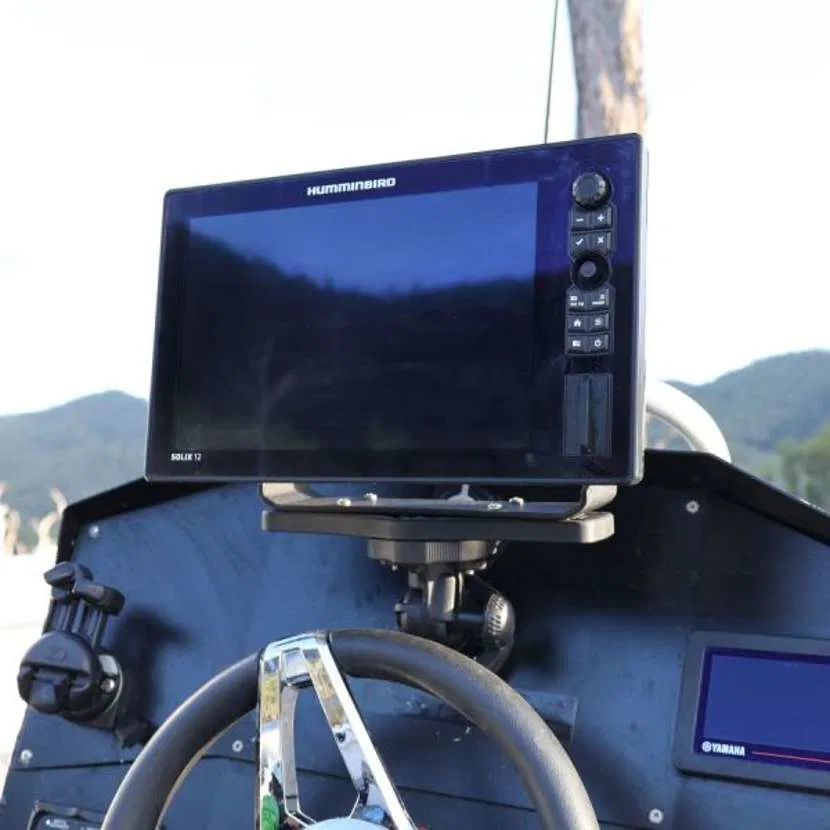
Benefits of Using a Fish Finder
Increased Fishing Success
One of the main benefits of using a fish finder is the potential for increased fishing success. By identifying where the fish are located, you can spend more time casting in productive areas. This technology allows anglers to target specific fish species based on their preferences and habits.
Additionally, fish finders help you locate underwater structures and vegetation, which are often habitats for fish. Understanding the environment beneath the surface can greatly improve your chances of landing a big catch. Ultimately, a fish finder serves as a valuable tool in your fishing arsenal.
Time Efficiency
Using a fish finder can save you a significant amount of time on the water. Instead of randomly searching for fish, you can quickly identify the best spots. This efficiency allows you to maximize your fishing time, leading to a more enjoyable experience.
Moreover, knowing where to focus your efforts can reduce frustration, especially for beginner anglers. Investing in a fish finder helps streamline the fishing process, making trips more productive and enjoyable. This time efficiency can make all the difference, especially during limited fishing hours.
Tips for Using a Fish Finder Effectively
Understanding Fish Arch Symbols
When using a fish finder, it is crucial to understand the symbols displayed on the screen. Fish are often represented as arches or dots, depending on the device. Learning to interpret these symbols takes practice. A well-formed arch typically indicates a fish, while dots may represent debris or other underwater objects.
Recognizing the size of the arches can also provide information about fish size. Generally, larger arches represent bigger fish. By understanding these symbols, you can enhance your fishing strategy and improve your chances of success.
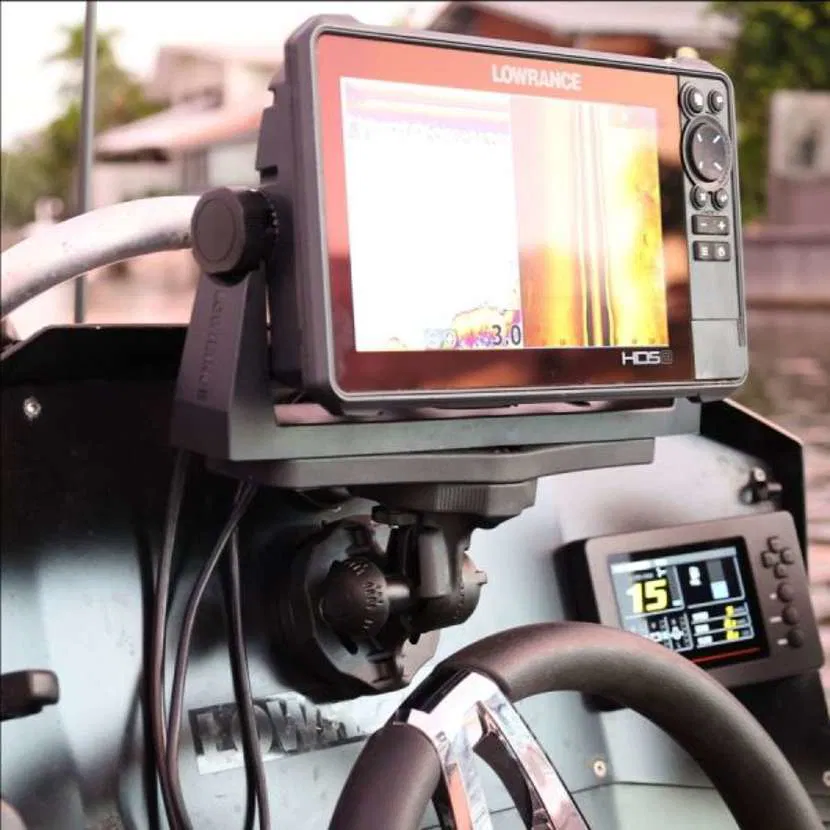
Adjusting Settings for Optimal Performance
To get the most out of your fish finder, it’s essential to adjust the settings according to your fishing conditions. Features like sensitivity, clarity, and range can often be adjusted based on factors like water depth and clarity. For example, increasing sensitivity in murky water may help detect fish more effectively.
Additionally, choose the right frequency for your fishing location. Lower frequencies can penetrate deeper waters, while higher frequencies provide better detail in shallow areas. By tweaking these settings, you can optimize your fish finder’s performance for various fishing scenarios.
Common Mistakes to Avoid
Over-Relying on Technology
While fish finders are powerful tools, it’s important not to rely on them exclusively. Experienced anglers often combine technology with traditional fishing techniques, such as reading the water and observing coastal features. While a fish finder can help you locate fish, intuition and experience remain essential components of successful fishing.
Additionally, watch for local signs of fish activity, such as jumping or swirling on the water’s surface. Staying aware of your environment can enhance your fishing effectiveness, even with the aid of technology. Combining both approaches leads to a more well-rounded fishing experience.
Neglecting Regular Updates
Many modern fish finders come with the option for software updates. These updates can improve performance, fix bugs, and add new features. Neglecting to update your device can lead to outdated information, which may impact your fishing experience.
Make it a habit to check for firmware updates regularly. Manufacturers often release updates, ensuring your fish finder performs at its best. Staying up-to-date helps you maintain optimal performance and enjoy the latest features available on the market.
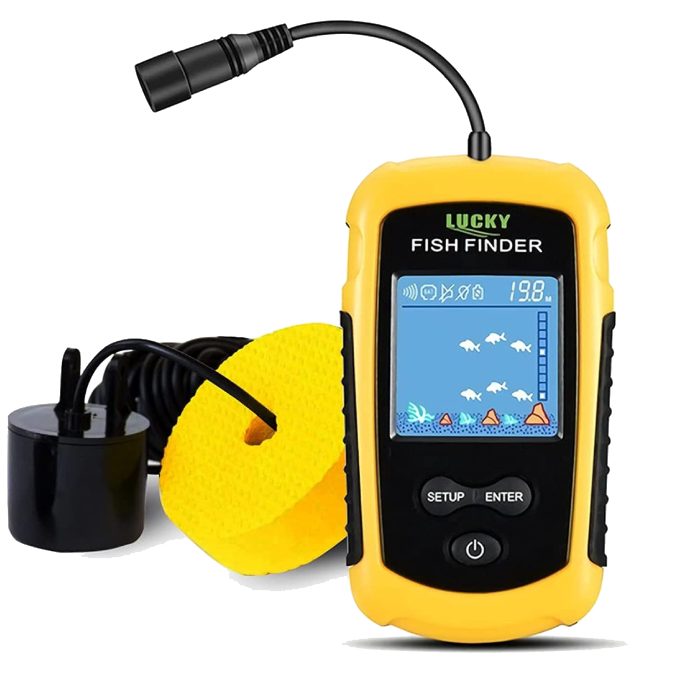
Preparing for Your Fishing Trip
Gathering Additional Gear
Before heading out for a fishing trip with your fish finder, it’s essential to gather additional gear. Besides your fishing rod and tackle, consider bringing extra batteries or a portable charger. Many fish finders rely on batteries, and having spares ensures you won’t lose valuable time on the water.
A landing net is also helpful for safely bringing in your catch. Additionally, consider bringing a tackle box filled with various lures and baits tailored to the fish species you aim to catch. Depending on your fishing location, a cooler with ice can keep your catch fresh during your outing. Preparing and organizing all your gear in advance allows you to focus on the fishing experience rather than scrambling at the last minute.
Planning Your Fishing Location and Timing
Planning your fishing location and timing can make a significant difference in your success. Researching local lakes, rivers, or coastal areas provides valuable insights into where fish are likely to be. Online forums, local fishing reports, and community boards can offer useful information about recent catches or popular spots.
Choosing the right time of day is equally important. Many anglers find that early morning or late evening can yield the best results, as fish are often more active during these cooler times. Understanding the seasonal behavior of fish can also guide your decisions. By combining strategic planning with your fish finder, you can improve your chances of a productive and enjoyable fishing trip.
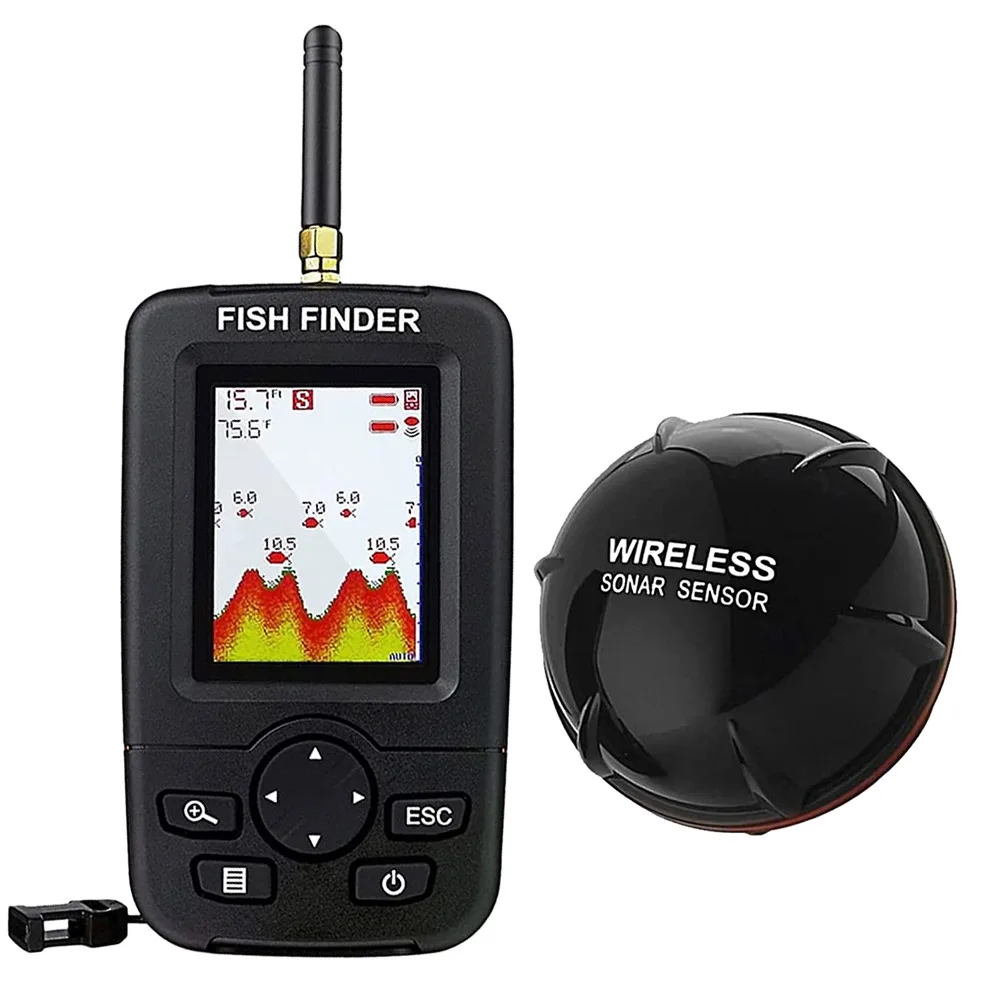
Conclusion: Enhance Your Fishing Experience
In conclusion, a fish finder is an invaluable companion for both novice and experienced anglers. With a variety of types and features available, choosing the right one can significantly enhance your fishing success. By understanding key technologies, settings, and symbols, you can make the most of this powerful tool.
The benefits of using a fish finder include increased fishing success and time efficiency, making trips more enjoyable. By avoiding common mistakes and employing effective tips, you can ensure that your fish finder serves you well for many outings.
Investing in a fish finder can transform your fishing experience, helping you land more fish and make lasting memories on the water. Embrace the technology, and let it enhance your fishing adventures!
